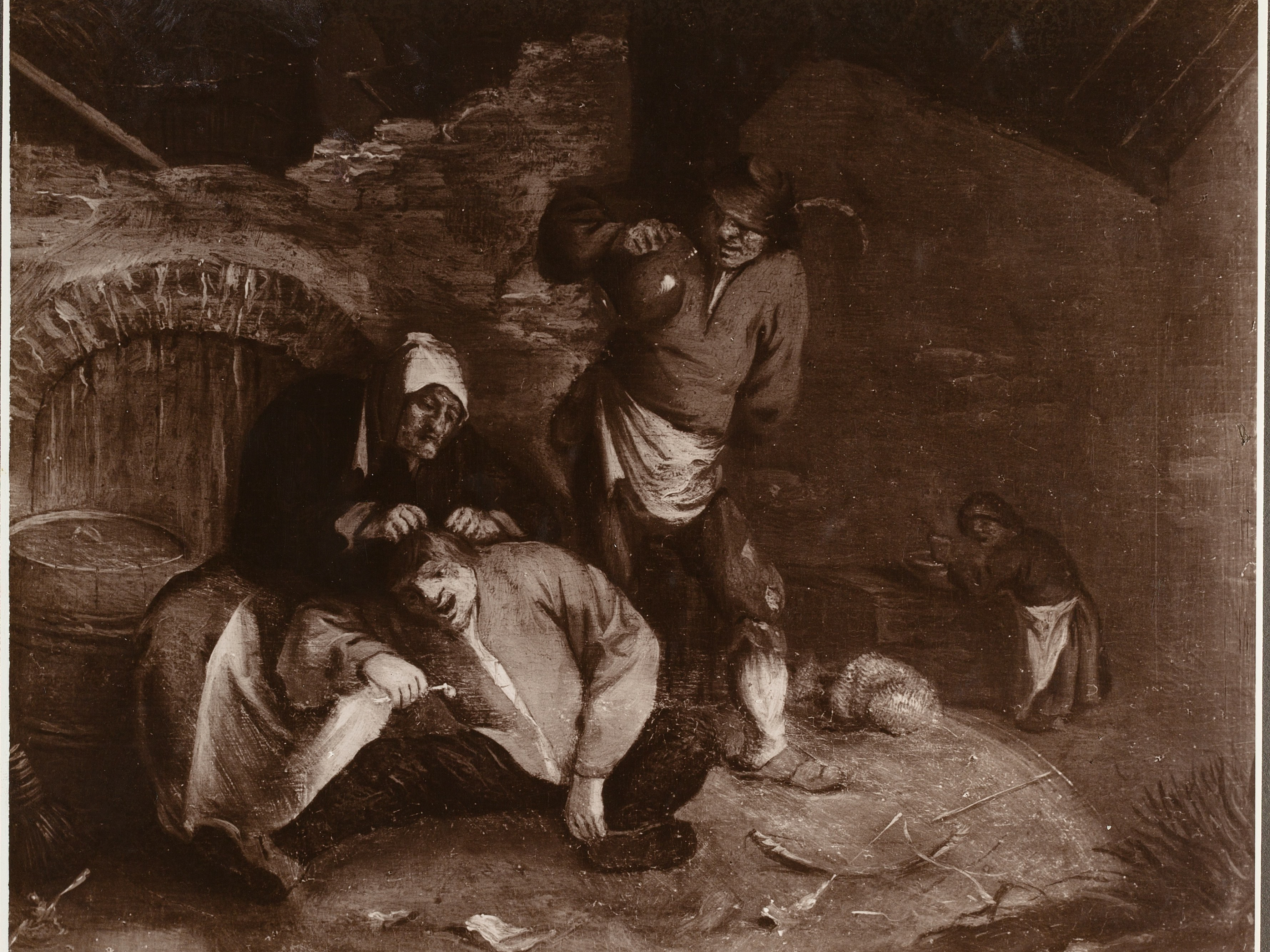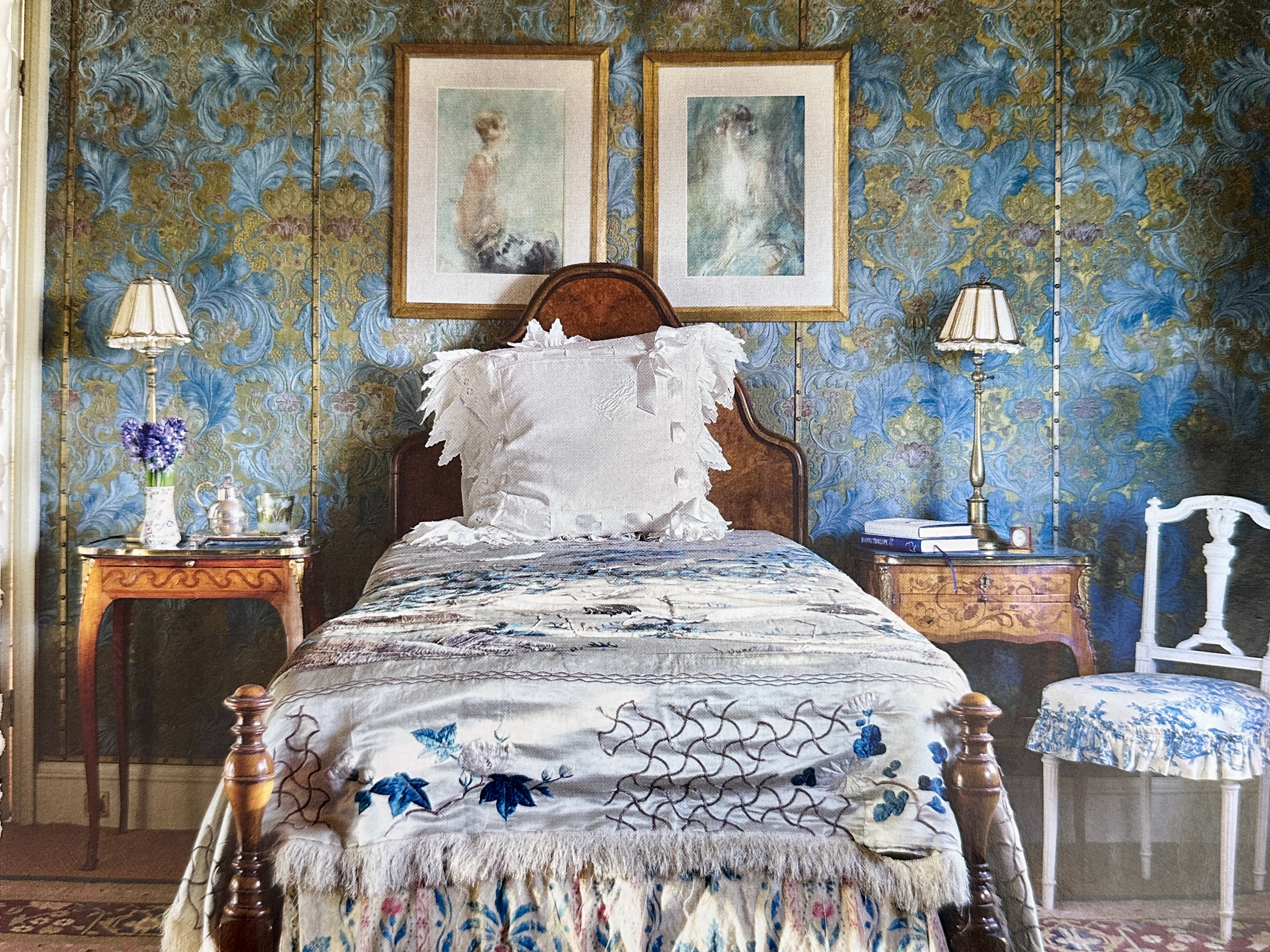WILLEM DE KOONING E L'ITALIA at the Gallerie Accademia shows, as the title implies, the work De Kooning made in Italy and the influence of Italy on his work. It also showed some of his sculptures. If I had seen the sculptures on their own I would not have guessed they were made by De Kooning, but viewing them side by side with paintings and sketches was very informative. The exhibition can be visited until 15 September.
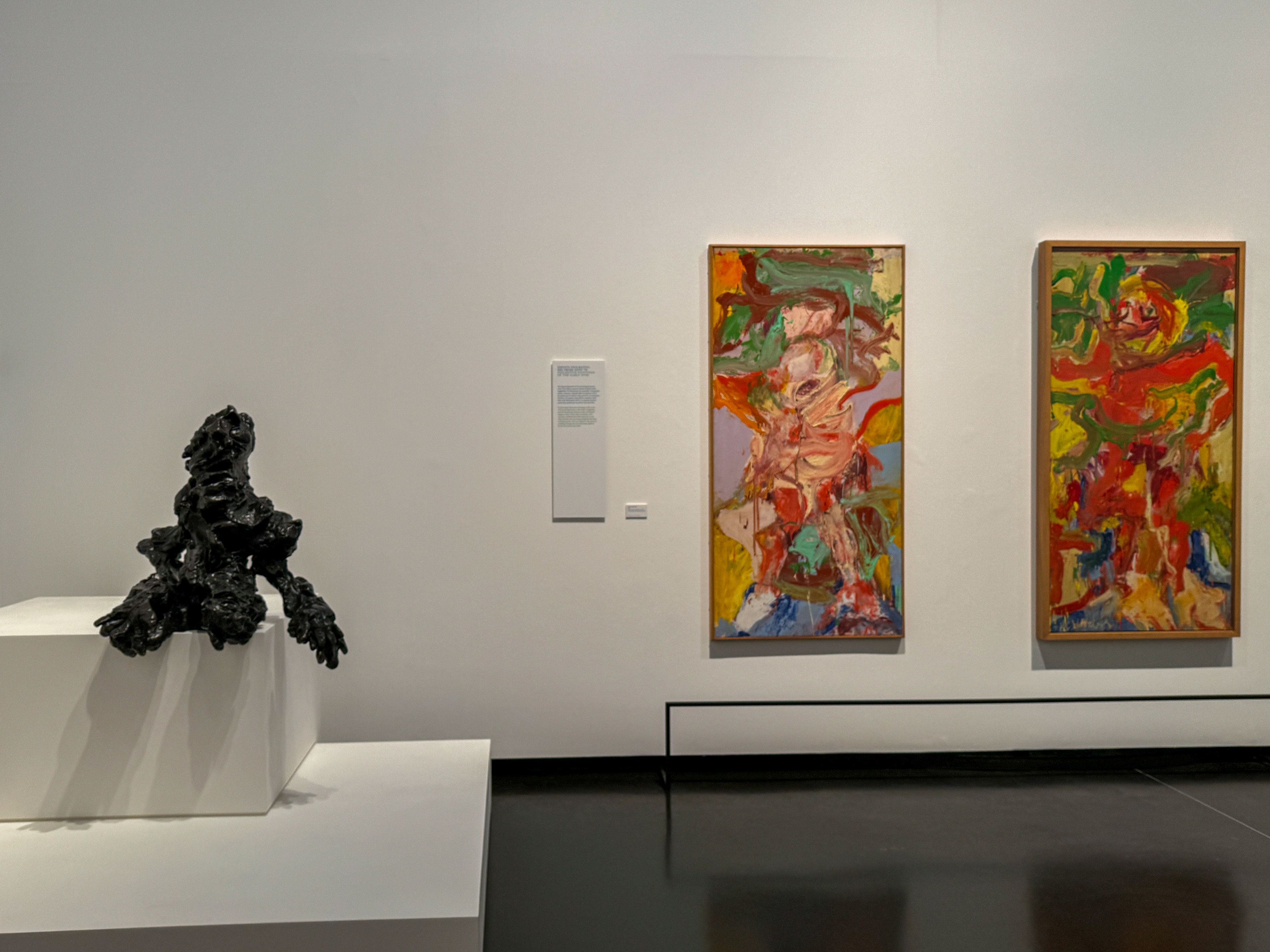




"It is an escape from that one plane of reality by which we are somehow trapped or limited" says Pierre Huyghe about the exhibition Liminal at Punta della Dogana. Each work shown at the exhibition could be the subject of a thesis, so I will not try to describe it in a few paragraphs. In short, the works make you question what it is to be human, to be conscious and indeed what reality is. The exhibition can be visited until the end of November.
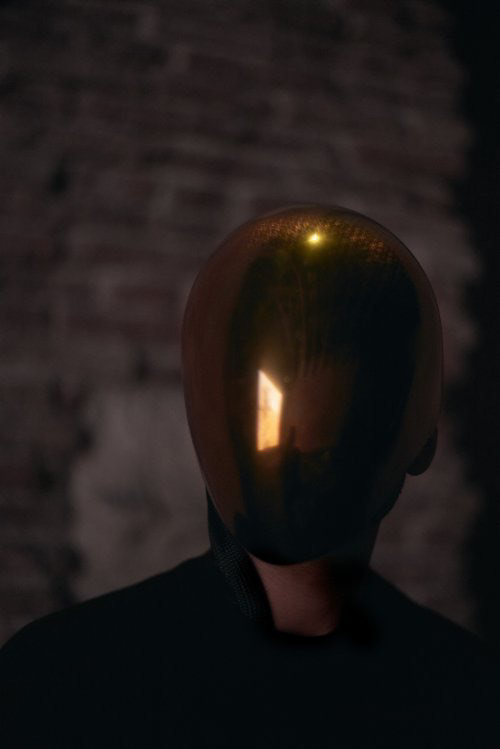
Pierre Huyghe, Idiom, 2024, Courtesy Leeum Museum of Art. Installation view, “Pierre Huyghe. Liminal”, 2024, Punta della Dogana, Venezia. Ph. Ola Rindal © Palazzo Grassi, Pinault Collection

Pierre Huyghe, Untitled (Human Mask), 2014 Pinault Collection Courtesy of the artist; Hauser & Wirth, London; Anna Lena Films, Paris © Pierre Huyghe, by SIAE 2023

Pierre Huyghe, Umwelt — Annlee, 2018-2024, Courtesy the artist and Galerie Chantal Crousel, Marian Goodman Gallery, Hauser & Wirth, Esther Schipper, and TARO NASU © Kamitani Lab / Kyoto University and ATR © Pierre Huyghe, by SIAE 2023

Photo by author
The project Monte di Pietà by Christoph Büchel can be visited in Fondazione Prada until 24 November. According to the website it is "a deep dive into the notion of debt as the root of human society and the primary vehicle by which political and cultural power is exercised. Historically, a crossroads of commercial and artistic exchange and intermingling, the city of Venice is an ideal context for exploring the relationships between these complex topics."
The exhibition is an immersive experience, starting at the outside entrance. It is very difficult for first time visitors to find the Fondazione Prada, because the building is made to look like there is an actual clearance sale going on. Inside you can wander around and discover a bitcoin mining room, a casino, an auction house etc. It's a shame that Prada didn't design a t-shirt to go with this exhibit, they usually do. But selling a €200 t-shirt would perhaps have been a bit hypocritical after showing that money is indeed the root of all evil.

The outside of the Fondazione Prada looking like a pawn shop

A start up office/gamer room or the table from the last supper

A surveillance office

The offices of an auction house

Bad art waiting to be catalogued
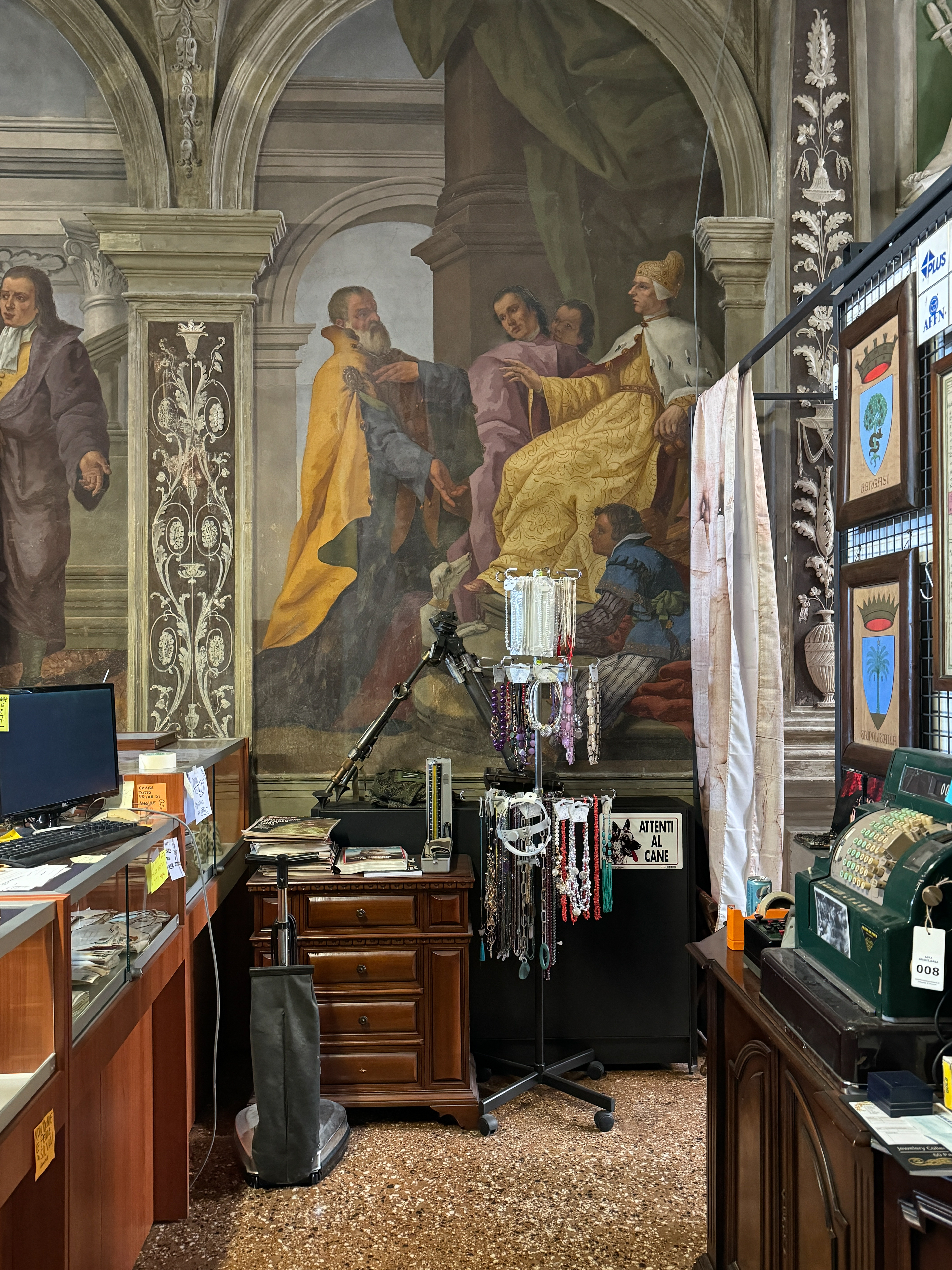
A second hand shop
The Fortuny Museum is located in the Palazzo Pesaro Orfei, it was the home of Mariano Fortuny y Madrazo (1871-1949) and his wife Henriette Negrin (1877-1965). Originally from Spain, Fortuny worked as a set and light designer, and together with his wife designed fabrics and clothing. The most famous was the Delphos gown, a pleated tunic, inspired by ancient Greek dress. The 15th century palazzo was restored by Fortuny and his wife and after her death it was donated to the municipality of Venice.
Apart from the Fortuny collection, there are temporary exhibitions. Until 24 November the exhibition Selva by Eva Jospin can be viewed. The architectural structures made from simple materials like cardboard and the large embroidered pieces go into a dialogue, not only with the historical and environmental context of the ancient Palazzo Pesaro, but also with the collections it holds.

Museo Mariano Fortuny y Madrazo

Decorations by Fortuny

Part of the large collection of the Fortuny family

Fashion and fabric designs by Fortuny

Paintings and fabrics by Fortuny

Art installation by Jannis Kounelis at the museum

Exhibition by Eva Jospin

Exhibition by Eva Jospin

Architectural detail Palazzo Pesaro degli Orfei

Exhibition by Eva Jospin






